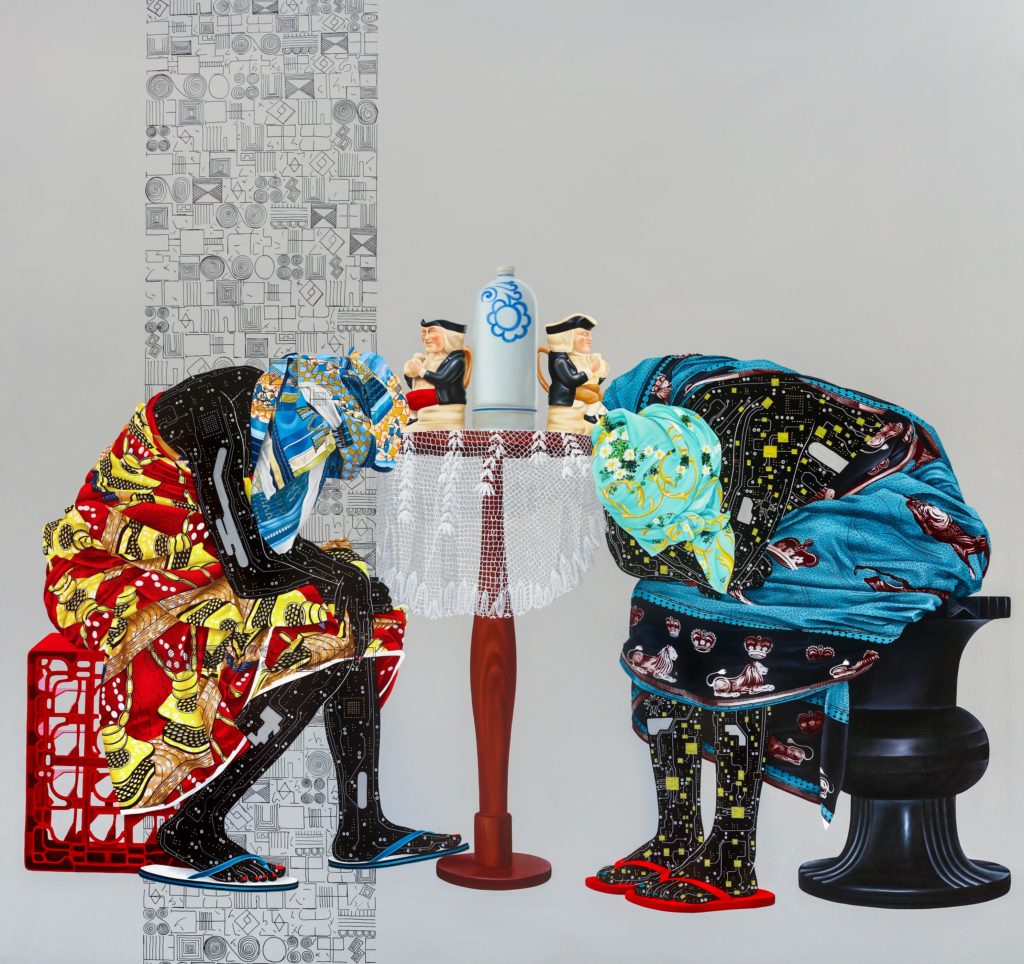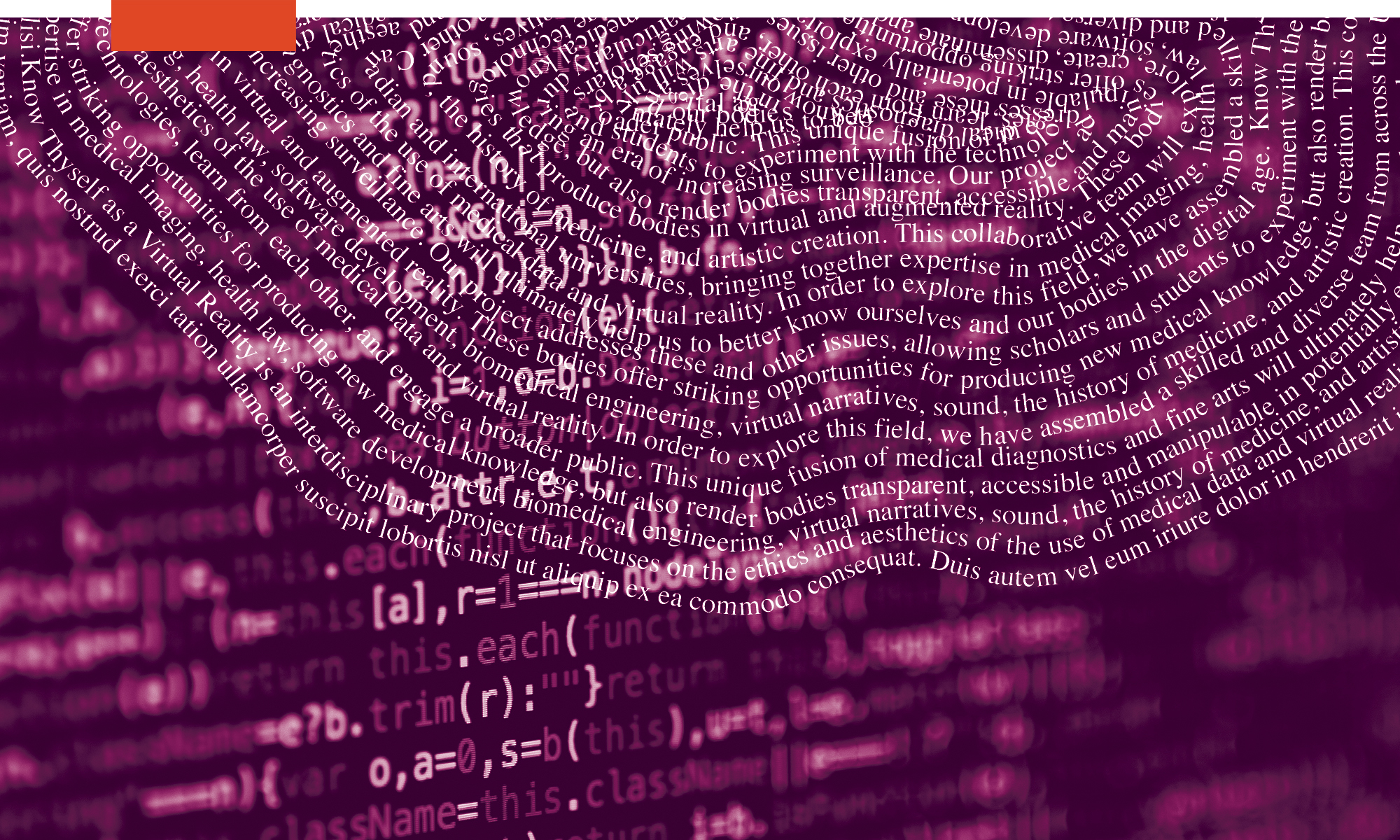Sustainability and Data Protection

Eddy Kamuanga Ilunga, Fragile 7, 2018. Acrylic and oil on canvas. 186 x 197 cm. Copyright E.Kamuanga Ilunga. The Ditau Collection. Courtesy the Artist and October Gallery, London.
In 2012 American journalist James Glanz wrote a well-cited New York Times article about the amount of power the internet uses and pollution it generates. Glanz (2012) reported that in 2011 over 1.8 trillion gigabytes of digital information were created globally, the large majority of which was produced by regular internet users. Glanz explained that, even in 2011, digital warehouses used approximately “30 billion watts of electricity, roughly equivalent to the output of 30 nuclear power plants.” More recent estimates suggest that by 2025 the digital universe will peak at 163 zettabytes (Reinsel, Gantz, and Rydning 2018)! This production and storage of data has huge environmental costs. Digital technologies in general, and “data centres and cloud computing in particular, have a heavy footprint featuring high consumption of non-renewable energy, waste production and CO2 emissions” (Lucivero 2020, 1010). When considering the environmental costs of data production and storage, using pre-existing data may be more environmentally ethical and sustainable.
Related to issues of sustainability are the principles of necessity, proportionality, and data minimization that are considered best practices in applying regulations such as the GDPR (European Data Protection Supervisor 2020). Necessity relates to the question, Is the collection of this data necessary? proportionality considers the balance between privacy and data collection. For example, is an exact birthdate needed when a birth year might be adequate to ensure proper age verification? Data minimization is the principle that supports collecting the least amount of data necessary to meet data processing obligations and to only store it for as long as is necessary (European Data Protection Supervisor, n.d.). It is common practice to duplicate files, back-up to multiple “clouds.” The metaphor of ”the cloud” is one we are all familiar with in relation to data and it has been challenged repeatedly for dangerously obfuscating the fact that our digital lives have a very real and material impact on the future of the planet (Hu 2016; Mullaney et al. 2021).
In The Gathering Cloud, Canadian poet J.R. Carpenter examines the problematic way in which data is conceptualized as a cloud by “calling attention to the materiality of clouds in the sky” (n.d.). Made in 2016, Carpenter’s digital, intertextual poem layers Victorian depictions of storm clouds and images from collections cataloguing the natural with hyperlinked poetry and facts about the environmental impact of contemporary computing. The Gathering Cloud is made up of five “plates” or webpages and a “Frontispiece” that are clicked through in a web browser. Each plate is a composition of static images and html animation. Each plate includes language appropriated from Luke Howard’s 1803 Essay on the Modification of Clouds, in which red words are hyperlinked, as well as lines and verses of poetry (which also include hyperlinked terms). In Plate no. 2, for example, there is a pastoral engraving layered over an anatomically labelled image of a cat skeleton. When the page loads, cat paw prints travel across the browser window. In the top left is a Luke Howard quote in which the words Stratus, body, surface, and country are hyperlinked. Rolling over on the word country, for example invites a pop-up window which reads, “If all the data centres constituted a country of their own, it would be the fifth most power-hungry country in the world.” In the centre of the page is the poetic verse:
The fog comes on cute pics of little cat feet.
Four million feline photos are shared each day.
#lolcats track carbon footprints across The Cloud.
Clicking on carbon footprints triggers, “The term The Cloud refers to a cultural fantasy. Tech giants Apple, Amazon and Microsoft power their twenty-first-century clouds with dirty nineteenth-century coal.”
J.R Carpenter, Plate no. 2, The Gathering Cloud 2016, digital literature.
Image courtesy of the artist.
London-based artists Revital Cohen and Tuur Van Balen and Congolese artist Eddy Kamuanga Ilunga are also committed to exposing the dirtiness of our data clouds and the extraction of rare earth metals that make them possible (Bahadur 2020). In their work Avant Tout, Discipline, artists Cohen and Van Balen digitally rendered a coltan mine in Numbi in Democratic Republic of Congo using gaming software. Coltan is a rare metal used in mobile phones and laptop computers. Eighty percent of coltan comes from the Democratic Republic of Congo (Feick 2013). Mining for coltan has to be done by hand and is associated with child labour (Ojewale 2021). For the exhibition Unthought Environments at the Renaissance Society, Chicago, in 2018, stills of the digitally rendered coltan mines printed on thin gauze were suspended from the ceiling around a plinth of broken mobile phones, computer chipboards, and a lump of an artificial mineral made from the electronics debris (Lund et al. 2018) In his large-scale figurative compositions, Ilunga inscribes circuit patterns onto the black skin of the figures. In his series of Fragile paintings, we see small figures holding porcelain objects. Of these paintings Ilunga explains, “Porcelain was not only used to pay for slaves, but to buy land and influence—a system of corruption established by the Portuguese and Belgians. The same thing happens today with American, European, Chinese, Pakistani, Lebanese businesses exploiting mines without giving any benefits—reducing society to forced labour. I try to question the responsibility of our leaders who make corrupt agreements, and also ours as a society” (Jaggi 2018).
Revital Cohen and Tuur Van Balen, Avant Tout Discipline, 2017
installation view in Unthought Environments, 2018, The Renaissance Society at the University of Chicago. Image © Renaissance Society at the University of Chicago, photographed by Useful Art Services
Artists are also imagining ways to manage data and resource extraction more ethically. In his 2017 film Harvesting the Rare Earth, Danish artist Jacob Remin speculates about a sustainable biomining technology that uses genetically modified caterpillars to harvest rare earth elements in Agbogbloshie, Ghana, the biggest and most notorious e-waste dump in the world (Regine 2017). Called the The Butterfly Solution, the remediation process relies on three elements: a nutrient that breaks down discarded electronics, and chemical solution that dissolves any remaining electronics, and an engineered fungi that feeds on the solutions and accumulates rare earths into its tissues and then finally an engineered butterfly whose larvae feed on the fungi. Finally, the butterflies flock to UV light beacons where they are collected and put in an enzymatic acid solution to dissolve their organic matter, leaving clean rare earth elements ready to be reused.
One of the vignettes in Indigenous Protocol and Artificial Intelligence called How to Build Anything Ethically, by Oglála Lakȟóta artist Suzanne Kite, proposes building a physical computing device following the “Good Way” of building a Lakȟóta sweat lodge (J. Lewis 2020, 75). In conversation with Corey Stover, Melita Stover Janis, and Scott Benesiinaabandan, Kite proposes that the Good Way starts with apprenticing and consulting with Knowledge Keepers and stakeholders. The Good Way must include the local communities where raw materials originate, the communities affected by transportation of materials, and the communities who have knowledge of building the systems. At every stage of building the computing device, the Good Way of building the sweat lodge is exemplified. When it is constructed, for example, “Indigenous design practices unite functional design with functional symbolism, a method which can be extended to the design of circuitry, inviting the spirits in as well as again offering tobacco each step of the way” (J. Lewis 2020, 79). The Good Way also means considering the Death Cycle: “A physical computing device, created in a Good Way, must be designed for the Right to Repair, as well as to recycle, transform, and reuse. The creators of any object are responsible for the effects of its creation, use, and its afterlife, caring for this physical computing device in life and in death” (85). Kite’s guide to ethical decision-making in terms of technology development seeks to address the barriers to accessing resources and information for Indigenous and marginalized artists in the United States and Canada by imagining backwards from a desirable future. Compared to what Kite calls the “go fast and break things” mentality of most tech developers, Kite proposes an ethical framework of building AI that serves Indigenous and marginalized artists specifically.
Sustainability and Data Production Questions
• Will the proposed method of collection result in data that is unique? Can existing data be used instead?
• In thinking about proportionality and data minimization practices, can the amount of data acquired, stored, and processed be reduced? Are there environmental data processing issues that might arise from producing or using an excessive amount of data?
• Is it more resource efficient to source data from a pre-existing dataset?

